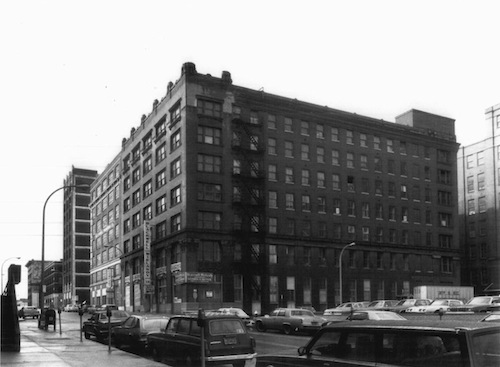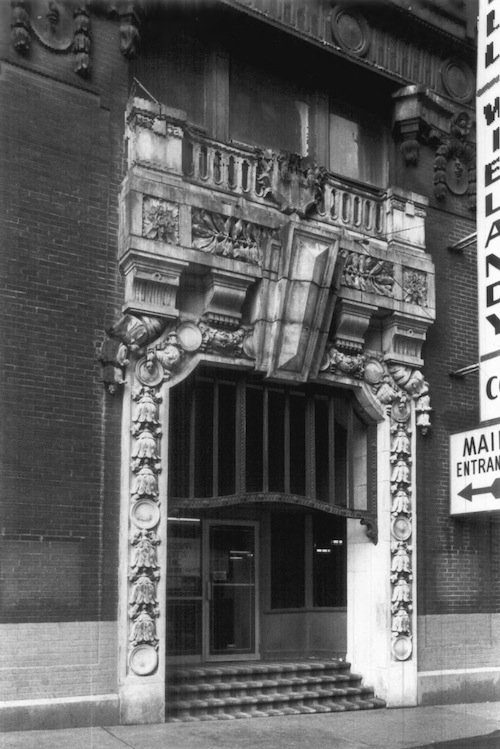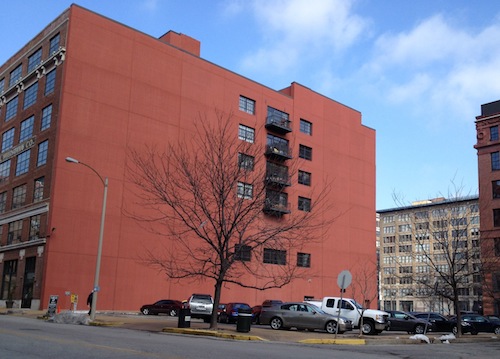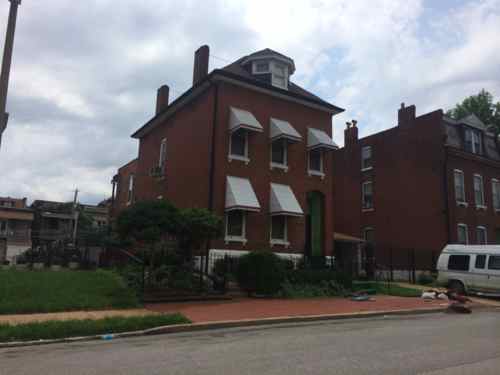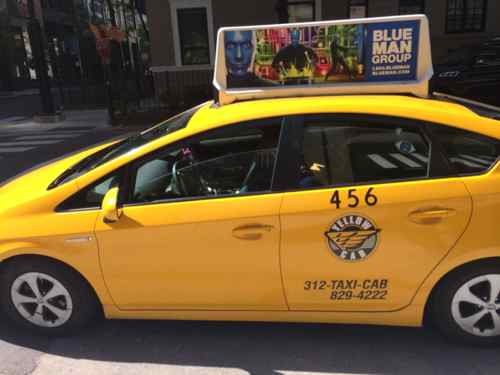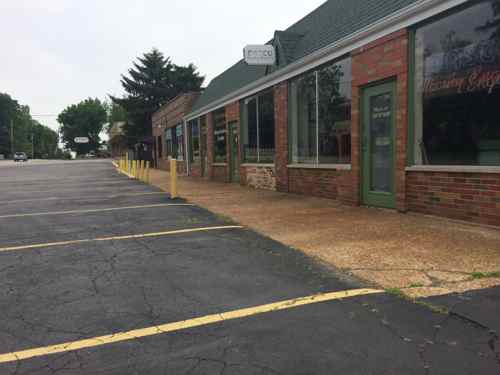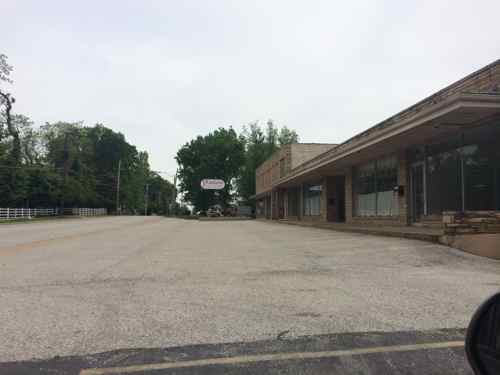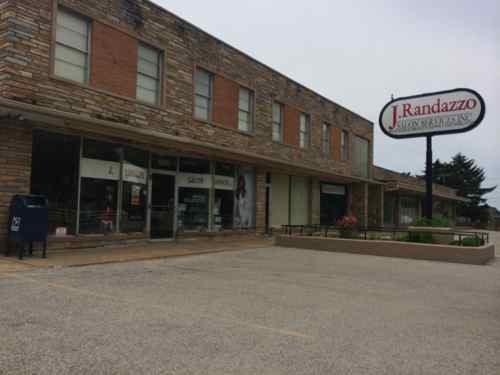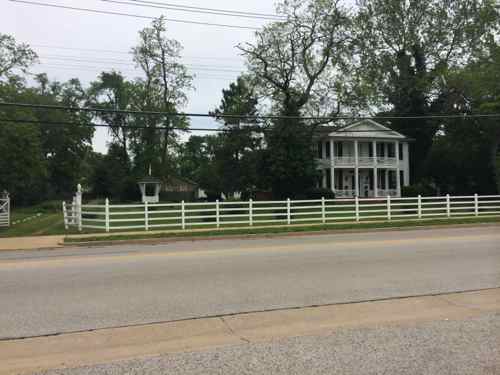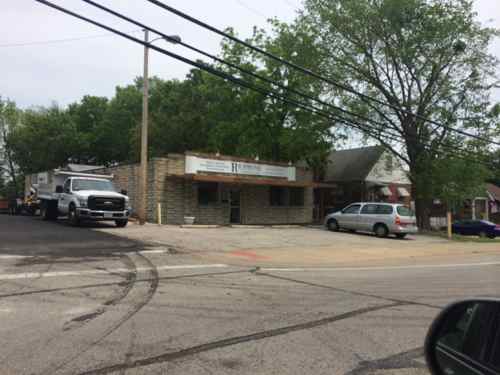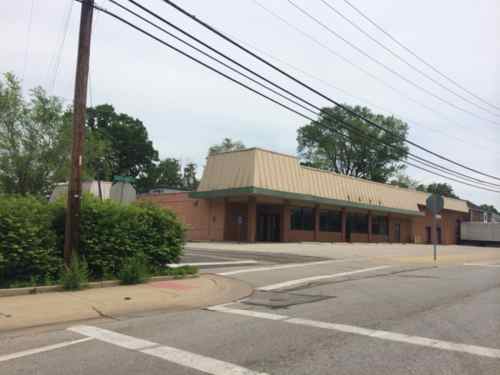Parking Might Reduce Tax Revenue
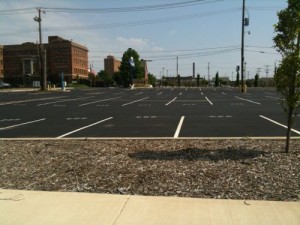
For decades St. Louis has torn down building after building to make room for increasing amounts of parking, our zoning sets minimum parking requirements for most of the city. Many would argue this is necessary to keep up with the times, but new research discovers this may result in negative consequences:
“In the ’50s and ’60s, cities did things like subsidize garage parking, and they condemned buildings so the lots could be used for parking,” says Norman Garrick, associate professor of civil and environmental engineering at the University of Connecticut. Many, he adds, still require a minimal number of parking spots to be added for each new development. But it turns out that all the parking doesn’t pay off.
A pair of forthcoming studies by Garrick and several of his UConn colleagues examine the economic and sociological impacts of parking trends in six U.S. cities from 1960 to 2000. They conclude that some car-centric cities forfeit more than a thousand dollars per parking space per year in potential municipal revenues by using land for parking rather than more lucrative alternatives. The researchers also found that minimum parking requirements inhibit development and exacerbate traffic by placing incentives on car use rather than on walking and cycling. (Businessweek: American Cities Are Haunted by Too Many Parking Spaces)
I’ve download the studies from the 2014 Transportation Research Board’s 93rd annual meeting, but I haven’t had a chance to read the full list yet. I’ve scanned the paper referenced above, the title is:
THE EFFECTS OF URBAN FABRIC CHANGES ON REAL ESTATE PROPERTY TAX 2 REVENUE: EVIDENCE FROM SIX AMERICAN CITIES
The conclusion was “a substantial consequence of parking consuming a large proportion of land in cities is the loss of significant amounts of potential tax revenue.”
— Steve Patterson
